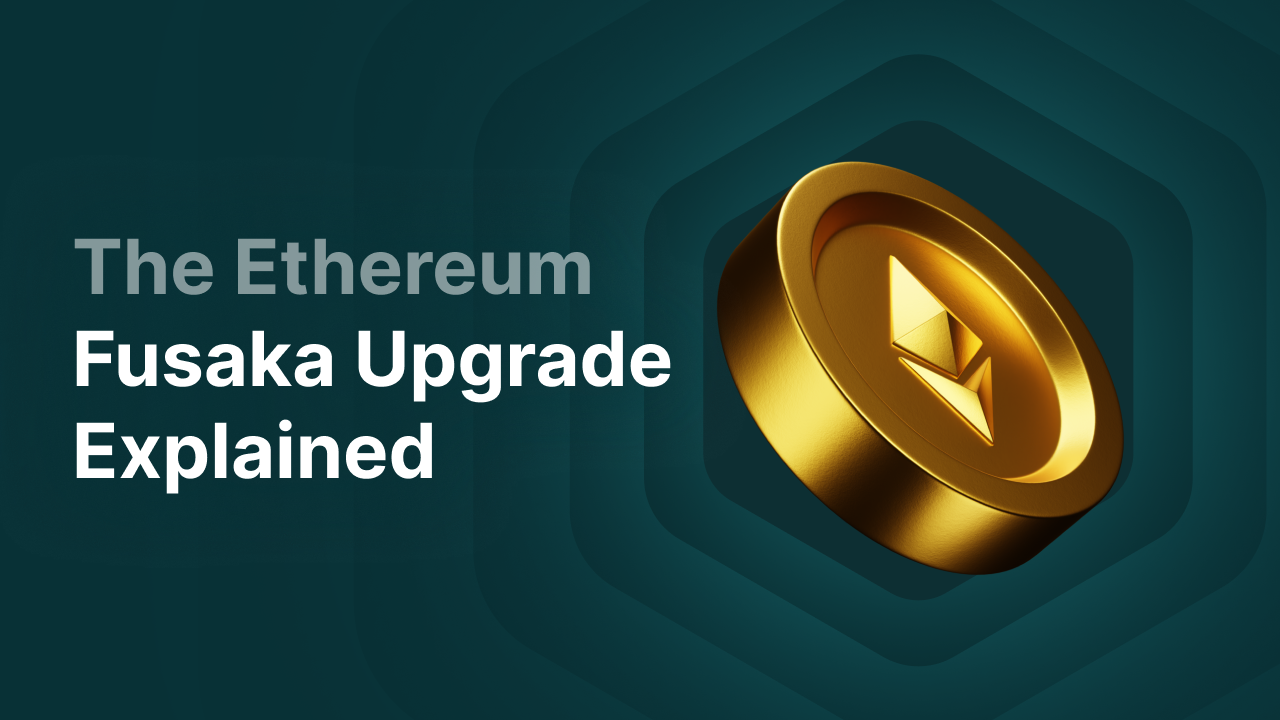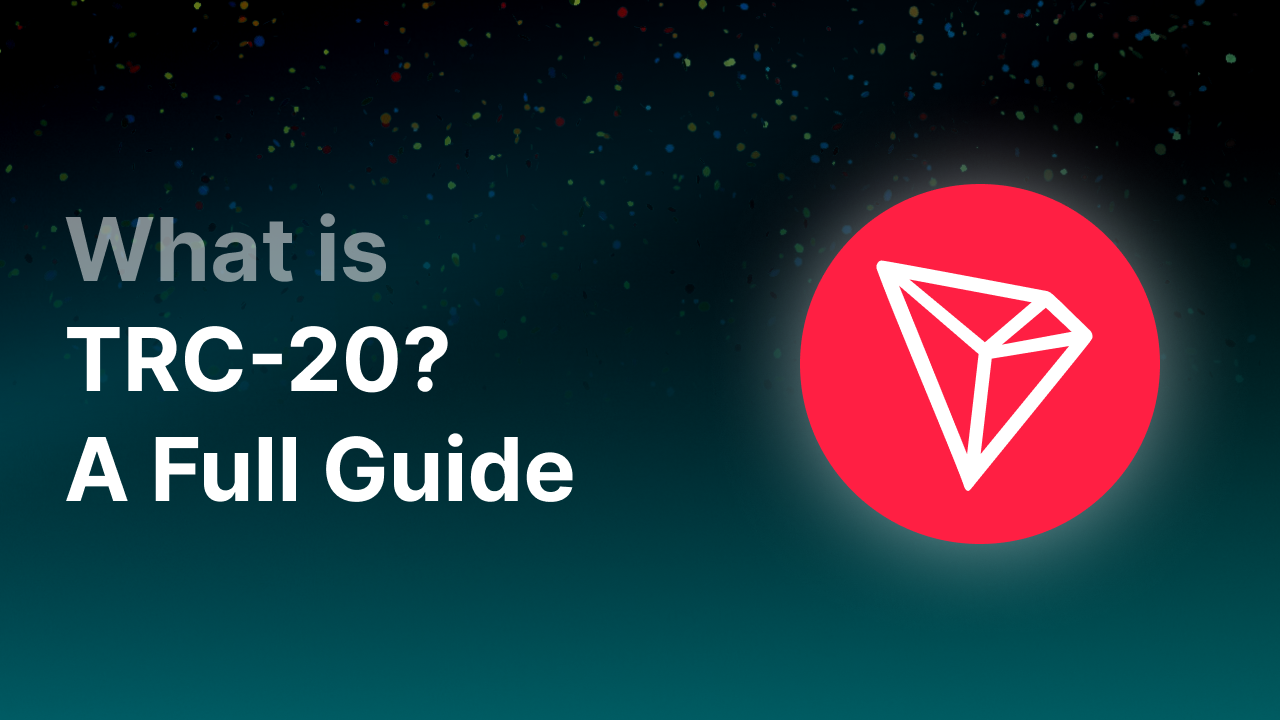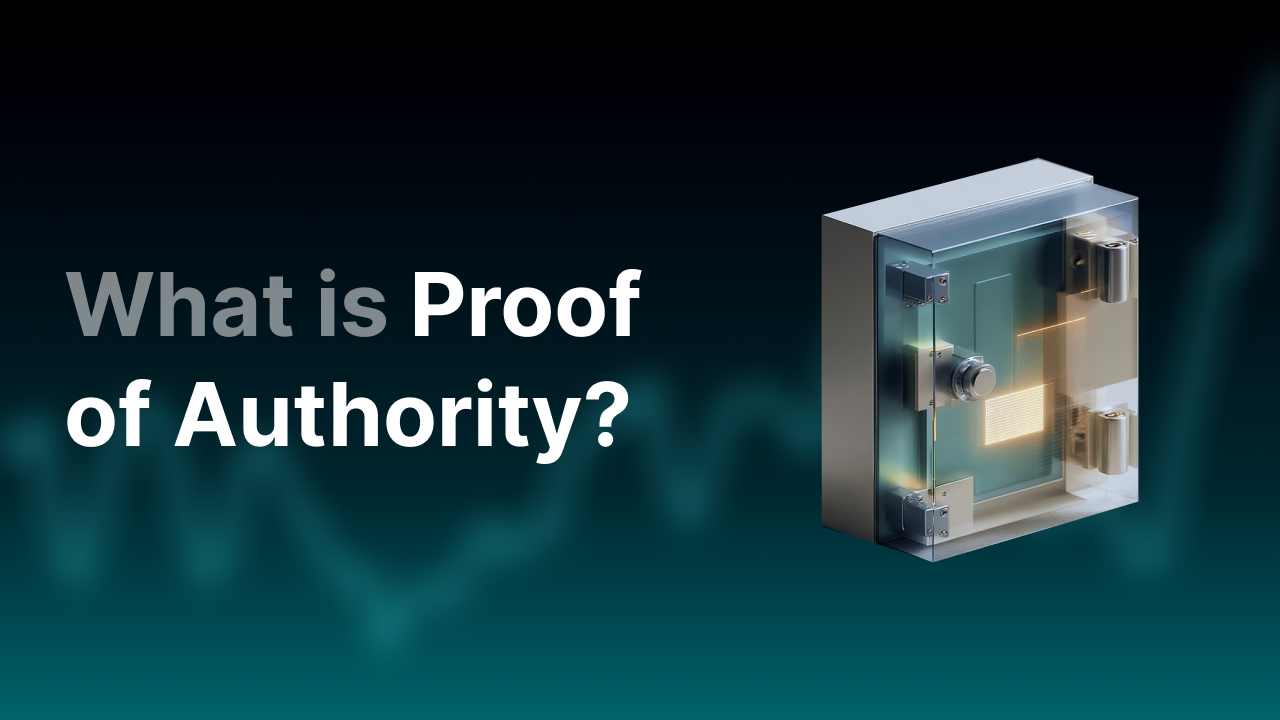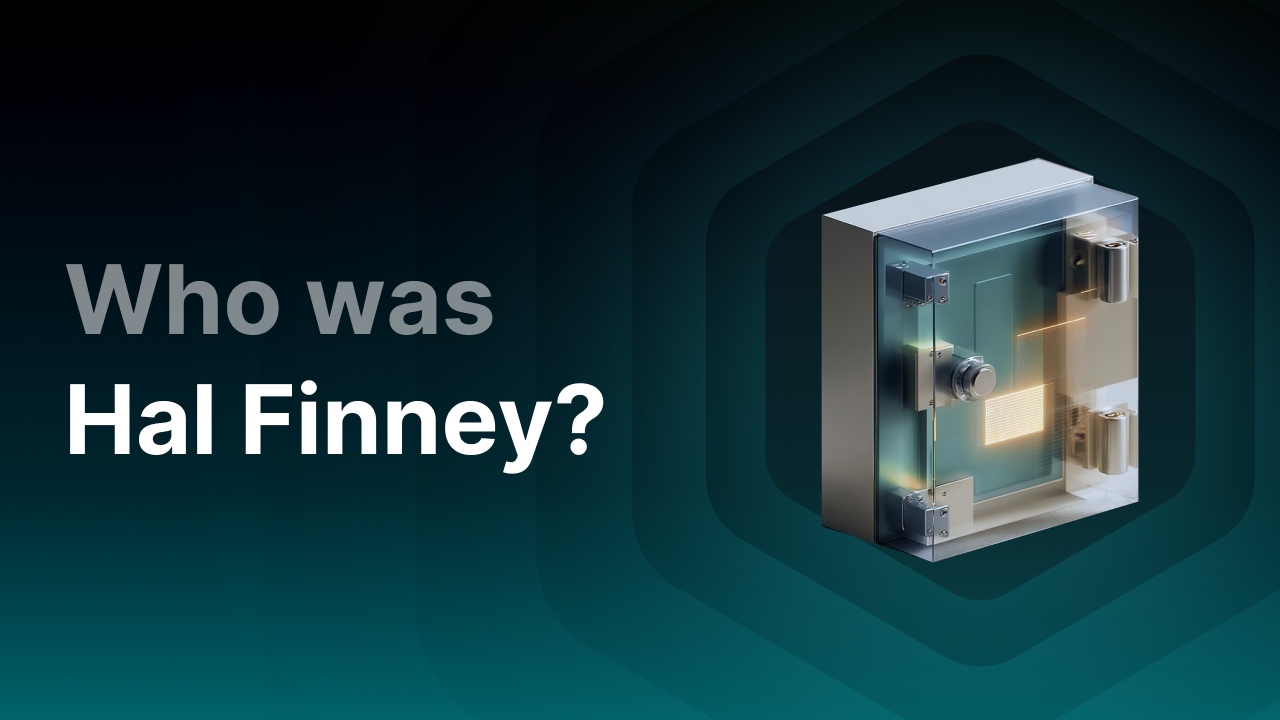The Ethereum Fusaka Upgrade: Everything You Need to Know

What Is the Ethereum Fusaka Upgrade?
The Ethereum Fusaka upgrade is an update to the Ethereum network that marks the next phase toward greater scalability, efficiency, and sustainability. Fusaka includes several technical improvements designed to ensure that:
- Data verification becomes more efficient thanks to the introduction of PeerDAS (Peer Data Availability Sampling).
- Merkle Tree structures are replaced by Verkle Tree structures, allowing light users (with limited computing power) and mobile apps to operate more efficiently without processing unnecessarily large amounts of data.
- A higher block gas limit allows for more transactions per block.
- Optimizations have been implemented in the Ethereum Virtual Machine (EVM).
In short, the Fusaka upgrade follows The Merge, Dencun, and Pectra as the next major step to significantly enhance Ethereum’s network performance.
Key Takeaways
- The Fusaka upgrade is the next big step in Ethereum’s evolution, focusing on scalability, efficiency, and sustainability.
- Thanks to PeerDAS (Peer Data Availability Sampling), validators can retrieve small data samples instead of downloading entire blocks, resulting in faster processing and lower costs.
- The introduction of Verkle Trees replaces parts of the older Merkle structure, making the network more efficient and more accessible for light users and mobile applications.
- By raising the block gas limit from 45 million to 150 million gas units, Ethereum’s transaction speed increases from roughly 15–20 transactions per second (TPS) to around 40–60 TPS.
- The Fusaka upgrade is expected to go live on Ethereum’s mainnet on December 3, 2025.
What Does the Fusaka Upgrade Do?
Ethereum’s Fusaka upgrade introduces multiple technological improvements that together enhance network performance and lower transaction costs on both Ethereum and L2 platforms.
PeerDAS (Peer Data Availability Sampling)
PeerDAS is a new feature that allows validators to retrieve small “samples” of data instead of downloading entire block data. This reduces the required computing power, improving efficiency and lowering transaction costs. It’s especially useful for Layer 2 rollups, which benefit from more efficient data transfers, resulting in greater speed and lower costs.
Verkle Trees
After the Fusaka upgrade, existing Merkle structures will be partially replaced by new Verkle Trees. Merkle Trees are used on the network to verify large amounts of data efficiently without requiring validators to download the entire dataset. Verkle Trees improve this by enabling smaller, more efficient proofs. This means less data needs to be downloaded, making Ethereum and its ecosystem more accessible to users with limited computing capacity, such as mobile applications.
Higher Gas Limit
During Fusaka’s implementation, the block gas limit will be raised from about 45 million to 150 million gas units. A gas unit measures the computational effort required to perform an action on the Ethereum network. The higher gas limit allows each block to contain more transactions, increasing throughput and potentially lowering costs—depending on network load. It also means nodes must process more data per block, which may require stronger hardware.
Other EIPs
In addition to major upgrades, several smaller updates—called EIPs—will be introduced during Fusaka’s rollout. Examples include EIP-7939, EIP-7951, and EIP-7907. These are optimizations within the Ethereum Virtual Machine (EVM):
- EIP-7907: Increases the limit for smart contract code by charging additional gas for larger contracts. This allows developers to build more complex contracts without affecting network stability.
- EIP-7951: Adds support for secp256r1 (P-256) signature verification, improving Ethereum’s compatibility with existing security standards like WebAuthn and hardware wallets.
- EIP-7939: Introduces a new CLZ (Count Leading Zeros) opcode in the EVM, making certain mathematical and bitwise operations more efficient.
What Problems Does the Fusaka Upgrade Address?
Despite its popularity, Ethereum is known for its structural challenges. Alternatives like Solana are much faster, cheaper, and more scalable. That’s why Ethereum has been implementing major improvements for years. Fusaka was specifically developed to address three major issues:
- Scalability: Ethereum can only process between 15 and 20 transactions per second due to scalability limitations. This leads to delays and high costs during network congestion. Fusaka increases capacity through PeerDAS and a higher gas limit, enabling the Ethereum L1 to process around 40–60 transactions per second, making Ethereum usage more affordable.
- Cost: By processing data more efficiently and optimizing Layer 2 rollups, costs can be reduced. L2 networks such as Arbitrum, Optimism, and zkSync benefit from this efficiency, allowing them to operate faster and cheaper.
- Accessibility: The current infrastructure can be demanding for validators and developers. Verkle Trees and PeerDAS lower the computing and storage requirements, improving decentralization.
Fusaka enhances the network’s throughput, affordability, and accessibility—aligning perfectly with Ethereum’s long-term vision to remain the foundation of Web3 and ensure a scalable, future-ready network.
How Does Fusaka Affect Ethereum Network Users?
The Ethereum Fusaka upgrade has major effects on all network participants—regular users, developers, and validators. Here’s what changes for each group:
For Regular Users
- Faster transactions: Fusaka ensures that transactions are processed faster, improving confirmation times on Layer 1 and boosting transaction throughput to roughly 40–60 TPS.
- Lower costs: Layer 2 networks like Arbitrum and rollups like zkSync benefit from more efficient data handling, reducing gas fees for end users.
- Better stability: More efficient data distribution helps the network handle congestion peaks more effectively.
For Developers
- More room for innovation: Thanks to the higher gas limit and EVM optimizations—such as support for larger smart contracts—developers can build more complex dApps.
- Improved interoperability: Rollups and Layer 2 projects can integrate more easily with the new data structures.
- Lighter clients: Verkle Trees make it easier to develop lightweight, efficient mobile or browser-based Ethereum applications.
For Validators and Node Operators
- Lower technical load: Thanks to PeerDAS, node operators and validators no longer need to download entire datasets, reducing computing power requirements and improving processing speed.
- New requirements: Nodes must be updated to handle new data structures and block formats due to the increased gas limit and introduction of Verkle Trees.
When Will the Fusaka Upgrade Be Implemented?
The Fusaka upgrade is expected to be implemented on Ethereum’s mainnet on December 3, 2025. Before that, three test phases will be conducted on different testnets to ensure everything runs smoothly. These are the test details:
Final Thoughts
The Fusaka upgrade marks a major milestone in Ethereum’s evolution. With innovations like PeerDAS and Verkle Trees, and the increased block gas limit, the network becomes far more efficient, scalable, and user-friendly. Whereas Ethereum was previously limited to about 15–20 transactions per second, Fusaka increases this capacity to roughly 40–60 TPS, significantly improving performance across both Layer 1 and Layer 2.
This upgrade is not just a technical advancement—it’s also a strategic step toward Ethereum’s long-term vision: remaining the leading infrastructure for Web3. With faster speeds, lower costs, and greater accessibility, Ethereum is moving closer to its goal of becoming a global, sustainable, and future-proof network supporting millions of users and applications.
__01KC926A15P1A0X3VR6DBBV1FK.png)



